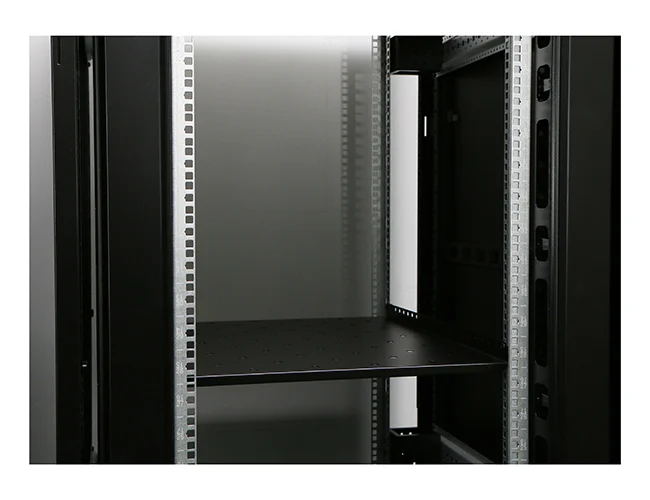News
Site Editor
 Site
https://leonetworkgroup.usa18.wondercdn.com/uploads/image/5fe152faa587d.png
Patch panels are a critical component in the restoration or customization of a vehicle. Made of sheet metal, they are used to replace damaged or corroded portions of a car's body. The correct gauge of sheet metal is crucial to the durability and longevity of your patch panels. In this article, we will explore the various factors that determine the ideal gauge of sheet metal for patch panels.What i
Site
https://leonetworkgroup.usa18.wondercdn.com/uploads/image/5fe152faa587d.png
Patch panels are a critical component in the restoration or customization of a vehicle. Made of sheet metal, they are used to replace damaged or corroded portions of a car's body. The correct gauge of sheet metal is crucial to the durability and longevity of your patch panels. In this article, we will explore the various factors that determine the ideal gauge of sheet metal for patch panels.What i
What Gauge Sheet Metal For Patch Panels
Views: 442
Author: Site Editor
Publish Time: 2023-07-12
Origin: Site
Patch panels are a critical component in the restoration or customization of a vehicle. Made of sheet metal, they are used to replace damaged or corroded portions of a car's body. The correct gauge of sheet metal is crucial to the durability and longevity of your patch panels. In this article, we will explore the various factors that determine the ideal gauge of sheet metal for patch panels.
What is Sheet Metal Gauge?
Before we delve into the specifics of patch panel gauge, it's important to understand the concept of sheet metal gauge. Sheet metal gauge refers to the thickness of a piece of metal. The higher the gauge, the thinner the metal. Sheet metal gauge is measured in numbers, with higher numbers indicating thinner metal. For example, a 24-gauge sheet metal is thinner than a 20-gauge sheet metal.
Factors Affecting Patch Panel Gauge
Several factors come into play when determining the ideal sheet metal gauge for patch panels. These include:
1. The size and shape of the patch panel: The size and shape of the patch panel will determine the amount of stress it will have to withstand. Larger panels that need to support other components of the vehicle such as doors, hinges, and trunk lids need thicker gauge sheet metal.
2. The intended use of the vehicle: Vehicles that will be used for heavy-duty activities such as off-roading or hauling will require thicker gauge sheet metal compared to those used for regular commuting.
3. The location of the patch panel: The location of the patch panel will determine the amount of exposure to the elements. Panels located in areas prone to corrosion such as the undercarriage and wheel wells will require thicker gauge sheet metal.
Recommended Gauge for Patch Panels
While there is no one-size-fits-all recommendation for the ideal gauge for patch panels, a good rule of thumb is to use a gauge that is at least as thick as the original metal on the vehicle. Original metal gauge can be determined using a tool called a metal thickness gauge or by consulting the vehicle manufacturer's specifications.
Most common patch panels require a gauge of between 18 and 24. For larger panels or those that need to carry additional weight, a thicker gauge such as 16 or 14 may be required. Some manufacturers produce patch panels with multiple thickness options to cater to different needs.
Conclusion
In conclusion, the correct gauge of sheet metal for patch panels is a crucial consideration. The size, location, and intended use of the vehicle are some of the factors that determine the ideal gauge. While there is no one-size-fits-all recommendation, using a gauge that is at least as thick as the original metal is a good rule of thumb. It's worth noting that proper installation and rust prevention measures are equally critical to ensure the longevity of your patch panels.
If you want to know more about industrial network cabinet,china fiber optic splice closure,china fiber optic distribution box,please consult the fiber optic splice closure factory









